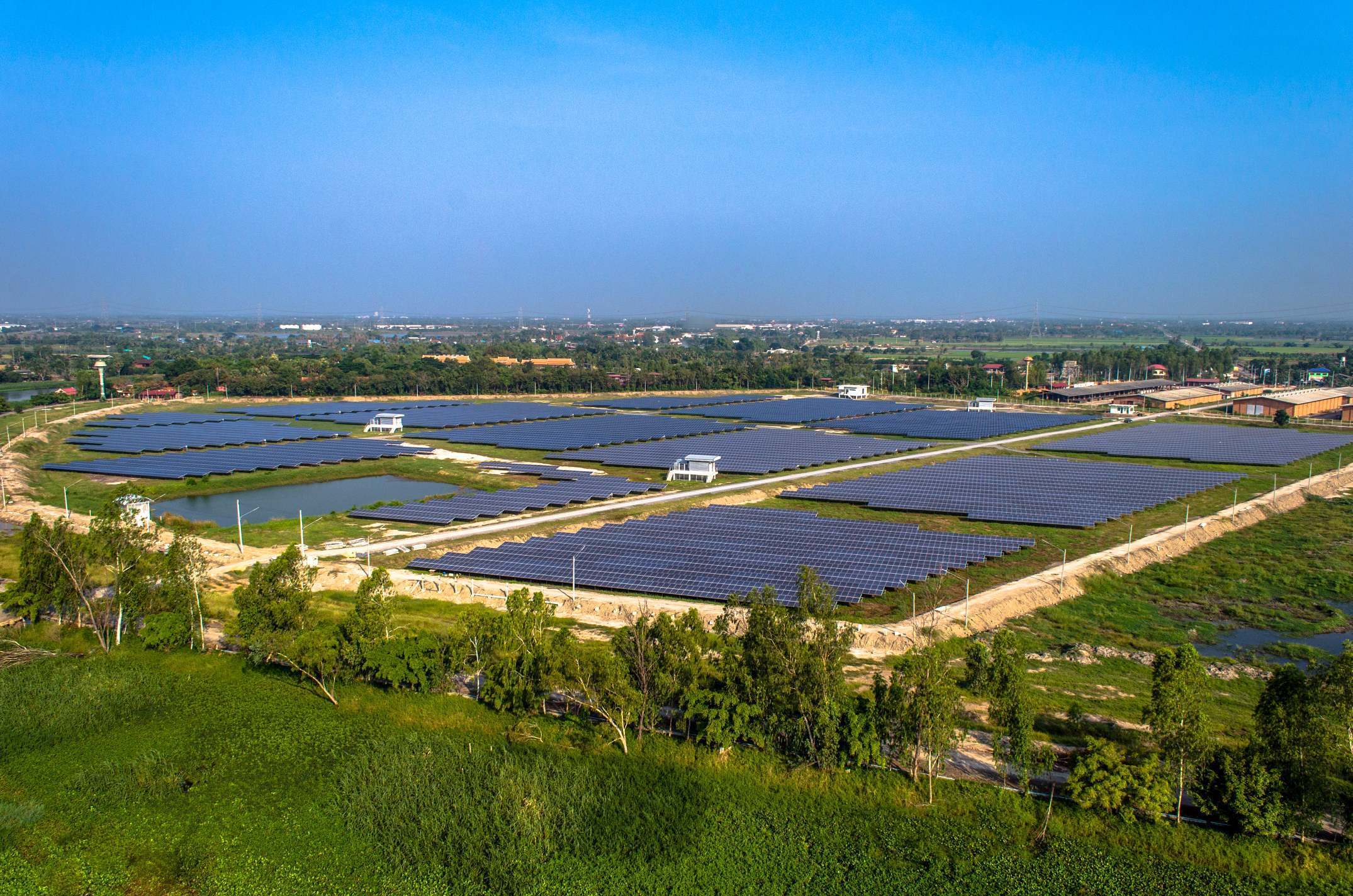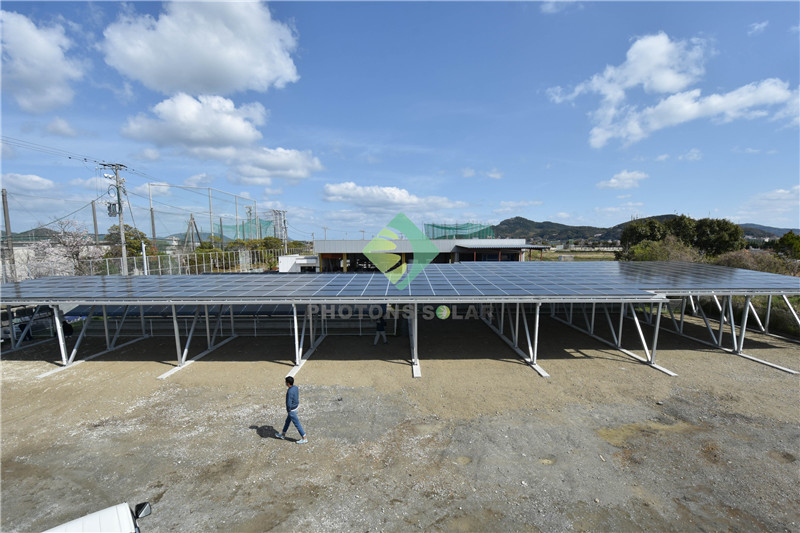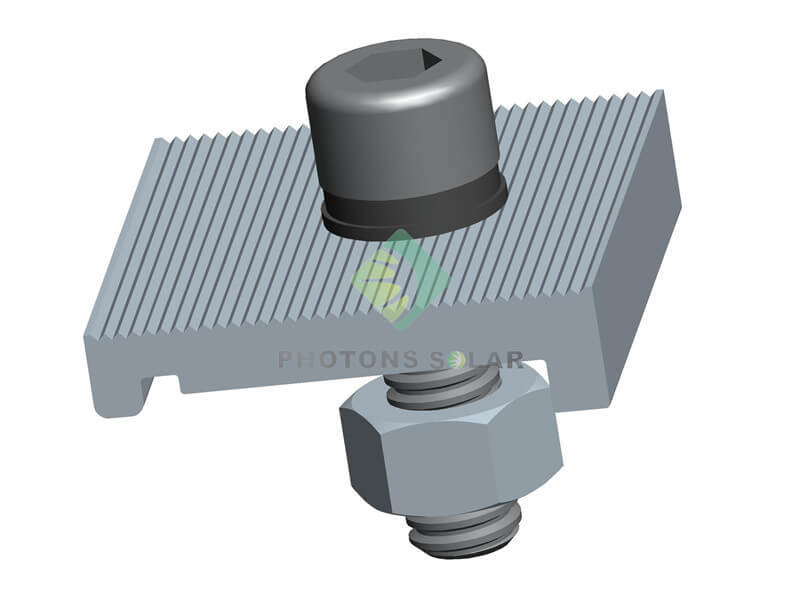Understanding Rooftop Mounting Structures: A Key Element in Building Design
Release time:
2025-07-04
Source:
One of the primary considerations for rooftop mounting structures is their ability to withstand diverse environmental conditions. Wind loads, snow accumulations, and seismic activities are essential factors that must be assessed during the design and installation phases. Professionals in the construction and decoration materials industry must ensure that these structures are engineered to meet local building codes and standards, which often vary by geographical location. Properly designed mounting structures not only enhance the safety and durability of rooftop installations but also contribute to the overall efficiency of the building.
There are various types of rooftop mounting structures available, each tailored to meet specific needs and preferences. For instance, fixed tilt mounts are commonly used for solar panel installations, providing a stable angle that optimizes energy collection. On the other hand, adjustable mounts allow for flexibility in angle and orientation, accommodating changes in sunlight throughout the year. Furthermore, rooftop racking systems can be categorized based on the type of roof surface—flat, sloped, or even green roofs—all requiring unique mounting solutions.
The integration of rooftop mounting structures into building designs also promotes sustainability. By supporting renewable energy systems, they can significantly reduce a building's carbon footprint and reliance on non-renewable energy sources. Moreover, these structures often encourage the use of space that would otherwise remain underutilized, particularly in urban settings where land is scarce.
In addition to their functional benefits, rooftop mounting structures offer aesthetic opportunities. Modern designs can blend seamlessly with the architecture of a building, contributing to an appealing skyline while ensuring compliance with safety and performance criteria. This dual function of enhancing both utility and aesthetics makes rooftop mounting structures an essential consideration for architects, builders, and property developers alike.
In conclusion, rooftop mounting structures are crucial components in the modern design and functionality of buildings. With their ability to support essential systems while ensuring safety and efficiency, they are instrumental in advancing sustainable construction practices. As professionals in the building and decoration materials industry continue to prioritize innovative solutions, understanding the intricacies of rooftop mounting structures will remain fundamental to successful architectural endeavors.
Rooftop mounting structure
Related News
2025-07-04 12:40
Understanding Rooftop Mounting Structures: A Key Element in Building Design
Rooftop mounting structures play a vital role in the architectural landscape, particularly in the context of building designs that incorporate solar energy solutions. These structures are specifically designed to support various installations on rooftops, including solar panels, HVAC equipment, and other necessary systems. By providing a stable and secure platform, rooftop mounting structures ensu
2025-07-01 12:20
Why You Should Consider Thin Film Mounting End Clamps for Your Next Project
Why You Should Consider Thin Film Mounting End Clamps for Your Next Project Table of Contents Introduction to Thin Film Mounting End Clamps Understanding Thin Film Mounting Advantages of Thin Film Mounting End Clamps Durability and Reliability Cost-Effectiveness Versatility in Applications Ideal Applications for Thin Film Mount







